Description
The Plant
The AESCULUS hippocastanum ‘Monstrosa’ belongs to the members of the horse chestnut family. It is a tiny ornamental tree of singular beauty.
Moreover, its compact shape and twisted branches with their fasciation make it a remarkable architectural element in any garden.
Its deciduous foliage of a bright green brings a touch of freshness in spring.
In addition, this variety has an extremely slow growth, which makes it ideal for small spaces. Surely, it qualifies as a miniature tree.
Finally, this little wonder resists temperatures below -20°C without difficulty. To see all the AESCULUS currently available for sale, please click here.
How to plant and care for AESCULUS hippocastanum ‘Monstrosa’?
- Planting: Plant in full sun or partial shade. It thrives in pots or beds. The soil can be light, medium, or heavy. It tolerates moist, moderately moist, and dry soil (once established) with an acidic, neutral, or alkaline pH.
For planting instructions, please refer to our planting guide here. - Care: Water regularly during the first and second years after planting, until it is well established. Given its miniature size and very compact growth, no pruning is necessary. However, if you need to prune it, do so in March before new growth appears.
Also read our tips on how to water efficiently and save water here.
History and Origin
The use of common names highlights the dangers of relying solely on them for identification. For instance, AESCULUS hippocastanum is commonly known as the “Horse Chestnut,” even though its origins can be traced back to Europe, specifically the Balkans. Research has shown that the chestnut trees found in India belong to a different species. In its natural habitat, botanical experts classify this species as vulnerable. As for AESCULUS hippocastanum ‘Monstrosa,’ it is highly sought after by collectors. Given its miniature size, it is primarily planted in private gardens, whereas the species type was often planted in public parks. Lastly, the bark, flowers, and seeds of this species are used in medicinal preparations.

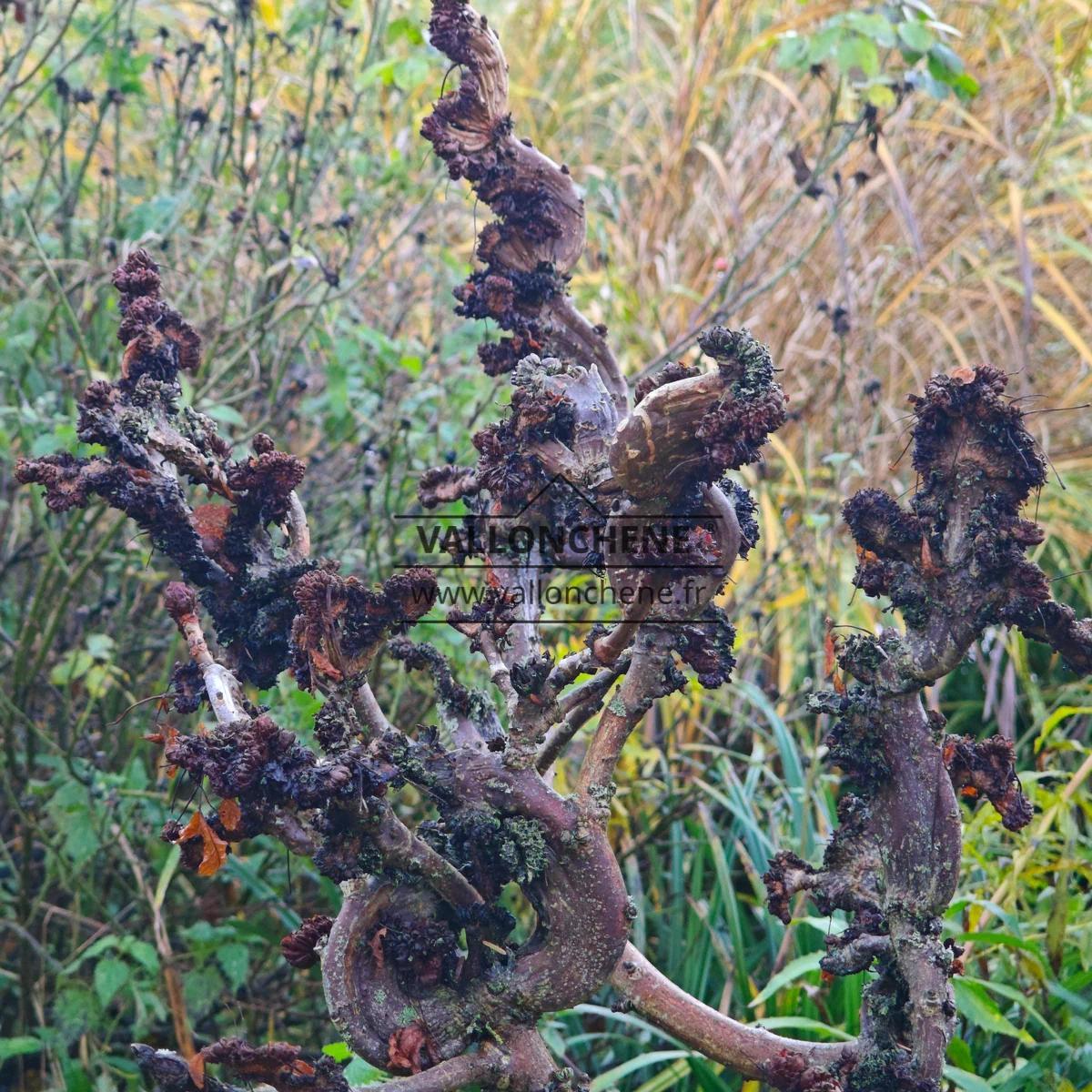
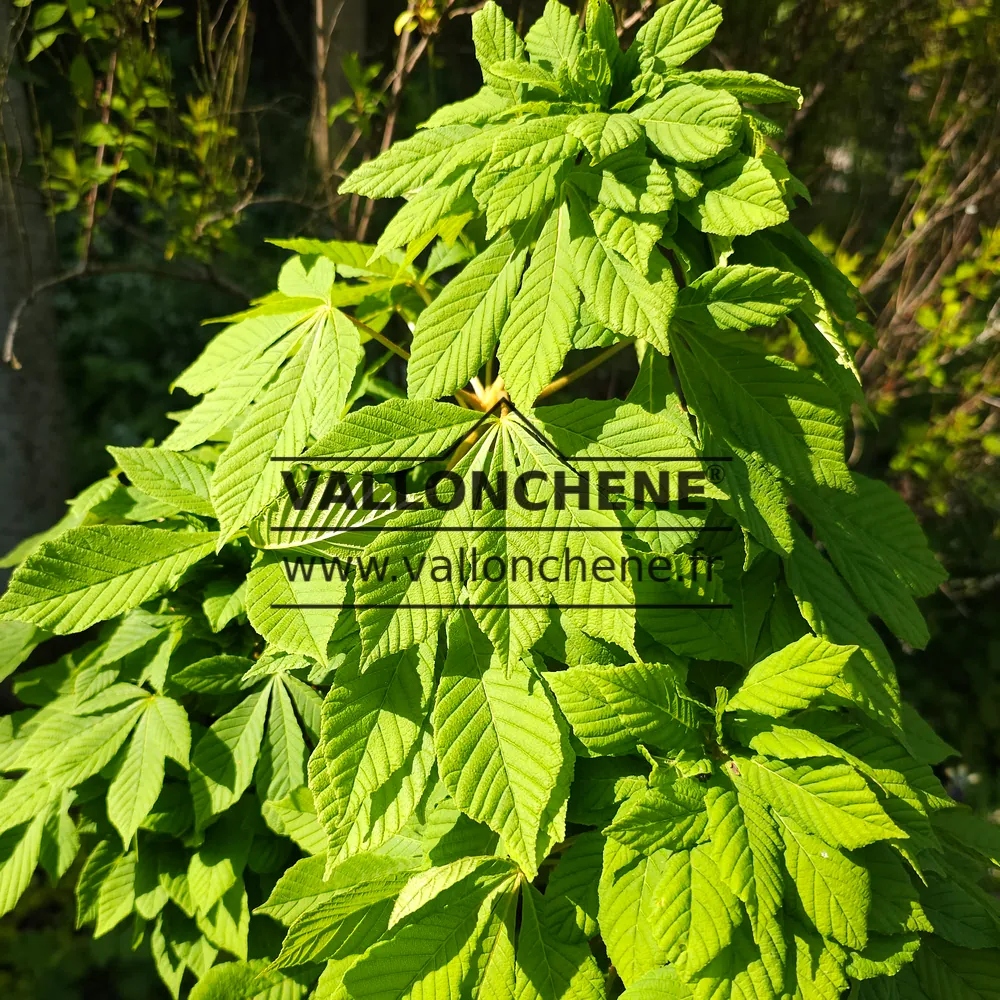
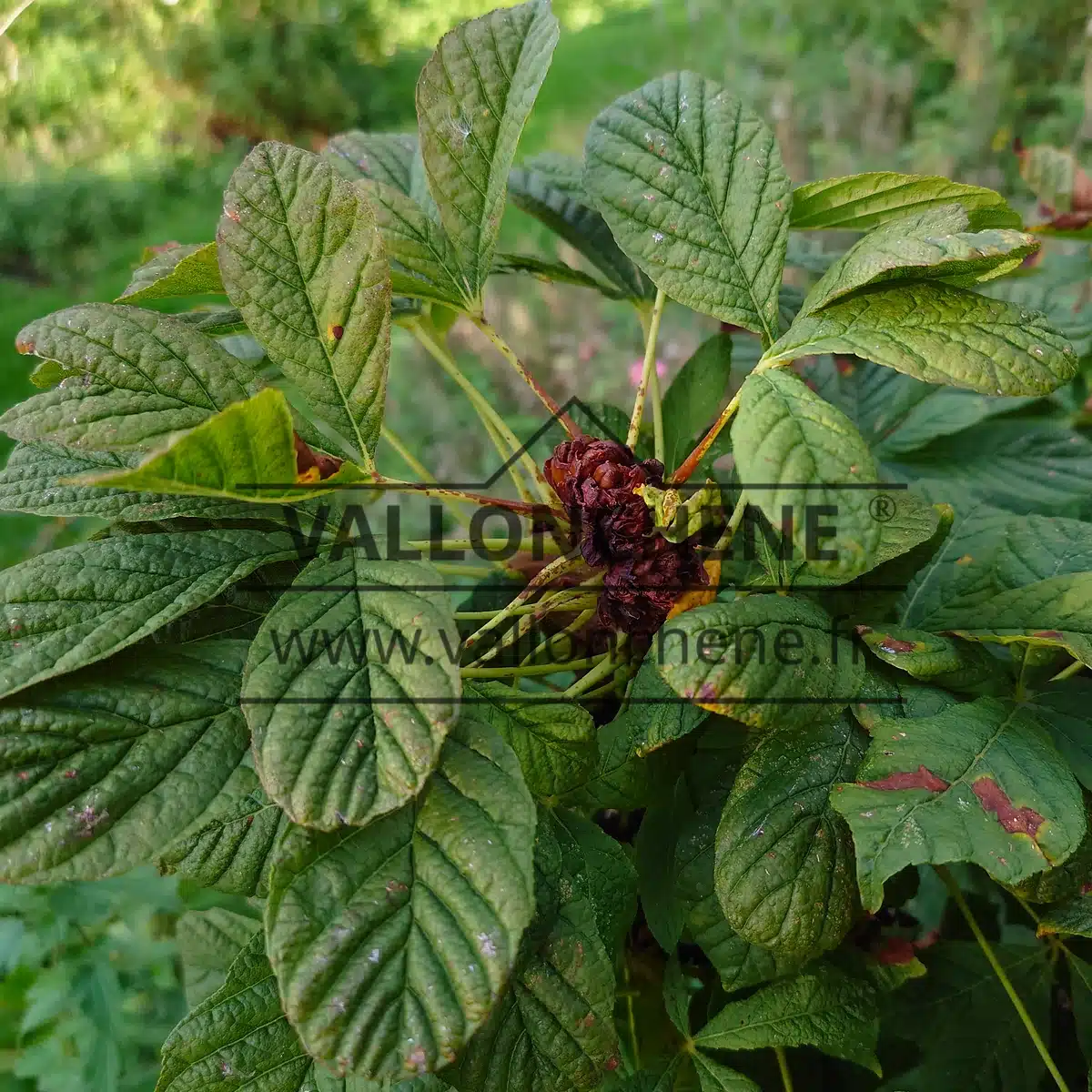
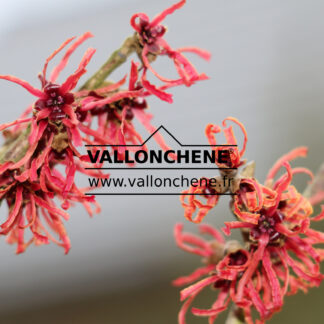
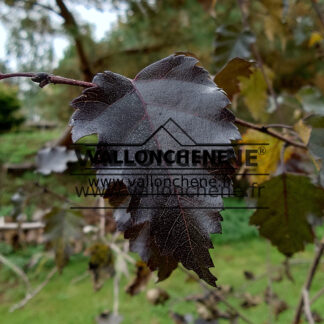
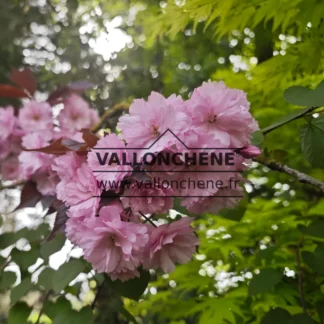

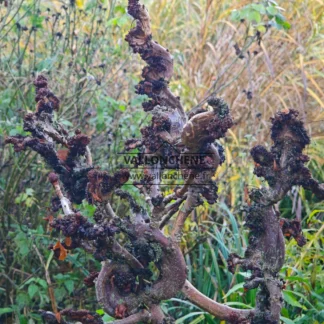
Reviews
There are no reviews yet.